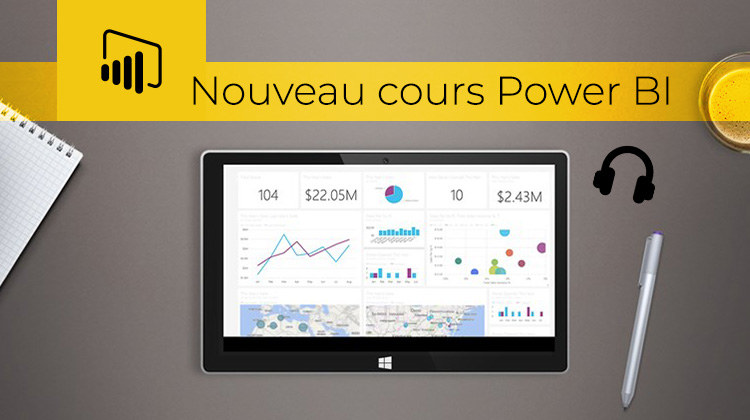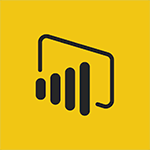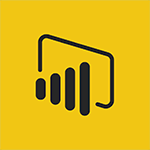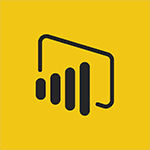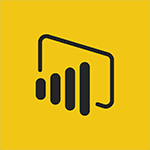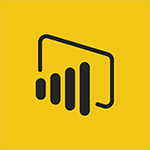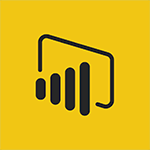Do you want to optimize your data analysis and get concrete results? Microsoft Power BI is the solution you need. With its interactive and customizable dashboards, Power BI provides you with clear, real-time visibility into your most important data. In this article, we will explore the many benefits offered by Power BI dashboards and how they can transform your data analysis process.
Power BI dashboards allow you to centralize all your data in one place, giving you an overview of your business. You can easily import data from different sources, combine them, and visualize them using dynamic charts and reports. With this intuitive visualization, you can quickly identify trends, patterns, and hidden insights in your data.
In addition to data visualization, Power BI also enables you to collaborate with your team in real-time. You can share your dashboards with other users, allowing them to explore and interact with the data. This promotes informed and faster decision-making while ensuring the security and privacy of your data.
With Microsoft Power BI, you can transform your data analysis into an efficient, interactive, and results-driven process.
Ready to make the most of your data? Discover the advantages of Power BI dashboards now.
Advantages of Using Microsoft Power BI Dashboards
Dashboards are visual tools that provide a quick and concise overview of essential data for your business. They allow you to consolidate different visualizations, charts, and key indicators in one place, offering a comprehensive view of your data. Dashboards are essential for data analysis as they simplify the understanding and interpretation of data, making it easier to identify relevant trends, patterns, and insights.
Dashboards also provide a real-time view of data, enabling faster and more informed decision-making. By having a clear view of your business's current state, you can react quickly to changes, identify opportunities, and address potential issues. Dashboards also allow you to measure your business's performance in real-time, providing key metrics such as revenue, sales, or conversion rates.
In summary, dashboards are an essential tool for data analysis as they simplify data understanding, enable faster and more informed decisions, and provide real-time performance measurement.
Customizing Your Dashboard
Now that we've explored the many benefits offered by Power BI dashboards, you may be wondering how to create your own dashboard in Power BI.
Here are the steps to follow:
-
Import Your Data: First, you need to import your data into Power BI. You can do this from various sources such as Excel files, SQL databases, cloud services like Azure, SaaS applications, and more. Power BI allows you to import your data in a simple and intuitive manner.
-
Create Visualizations: Once you have imported your data, you can start creating visualizations in Power BI. You can choose from a variety of visualizations, such as bar charts, pie charts, area charts, geographic maps, timelines, and more. Power BI also offers the ability to customize the layout, colors, and styles of visualizations.
-
Create a Dashboard: After creating your visualizations, you can group them into a dashboard. The dashboard allows you to highlight the most important visualizations and create a comprehensive view of your data. You can also customize the layout and appearance of the dashboard to fit your specific needs.
-
Share and Collaborate: Once you have created your dashboard, you can share it with other users. Power BI allows you to share your dashboards with colleagues, clients, or other stakeholders, allowing them to explore and interact with the data. You can also collaborate in real-time with your team by adding comments and annotations to the visualizations.
For more information, feel free to check out our course on the subject! ?

Real-Time Data Tracking and Analysis with Power BI Dashboards
Power BI dashboards allow you to centralize all your data in one place, providing a comprehensive view of your business. You can easily import data from different sources, combine them, and visualize them with dynamic charts and reports. With this intuitive visualization, you can quickly identify trends, patterns, and hidden insights in your data.
Power BI offers a wide range of visualizations and widgets, such as bar charts, pie charts, gauges, geographic maps, and many more. You can choose the visualization that best suits your data and needs, and customize each element to obtain the most relevant results. These interactive visualizations allow for in-depth exploration of your data, allowing you to filter, zoom, and select different dimensions for a more thorough analysis.
By using Power BI's various features, you can also create dynamic dashboards that update automatically based on new data. For example, you can create a sales tracking dashboard that displays real-time sales by region, product, or time period. This feature allows you to continuously monitor your business's performance and respond quickly to changes.
Collaborate and Share Dashboards with Your Team
In addition to data visualization, Power BI also allows you to collaborate with your team in real-time. You can share your dashboards with other users, enabling them to explore and interact with the data. This promotes informed and faster decision-making while ensuring the security and privacy of your data.
When you share a dashboard with other users, you can set specific permissions for each person. For example, you can give some users the ability to edit visualizations and add new data sources, while others may have view-only rights. Additionally, Power BI offers notification and alert features that keep you informed of important changes in your data.
Integrate Power BI Dashboards with Other Data Sources and Platforms
Collaboration is essential in the data analysis process, and Power BI facilitates this collaboration by allowing your team to work together on the same dashboards. You can add comments, exchange ideas, and annotate visualizations for better data understanding. Furthermore, Power BI provides real-time chat features that allow you to communicate with colleagues directly from the dashboard.
By sharing your dashboards with your team, you can also create automated reports that are sent at specific times. For example, you can set up Power BI to send a weekly report on your business's performance to all members of your team. This allows everyone to stay informed and have a clear view of progress.
For more information on collaborating with Power BI, check out our course below! ?

Another major advantage of Power BI is its ability to integrate with other data sources and platforms. You can easily connect your Power BI dashboards to external databases, cloud services, web applications, and more. This allows you to obtain a consolidated view of all your data, regardless of where it is located.
For example, you can connect Power BI to your customer database to get information about sales by customer, customer preferences, and more. You can also connect Power BI to cloud services such as Google Analytics, Salesforce, or Azure to access additional data about your business. This seamless integration allows you to explore and analyze your data more thoroughly, providing a better understanding of your business.
We hope you found this information helpful! We invite you to take our courses for more insights!
Happy exploration and analysis!
Stay tuned for more tips!
📞 Contact Us:
📧 Email: support@dileap.com
Follow Us on LinkedIn for the Latest Scoop!
